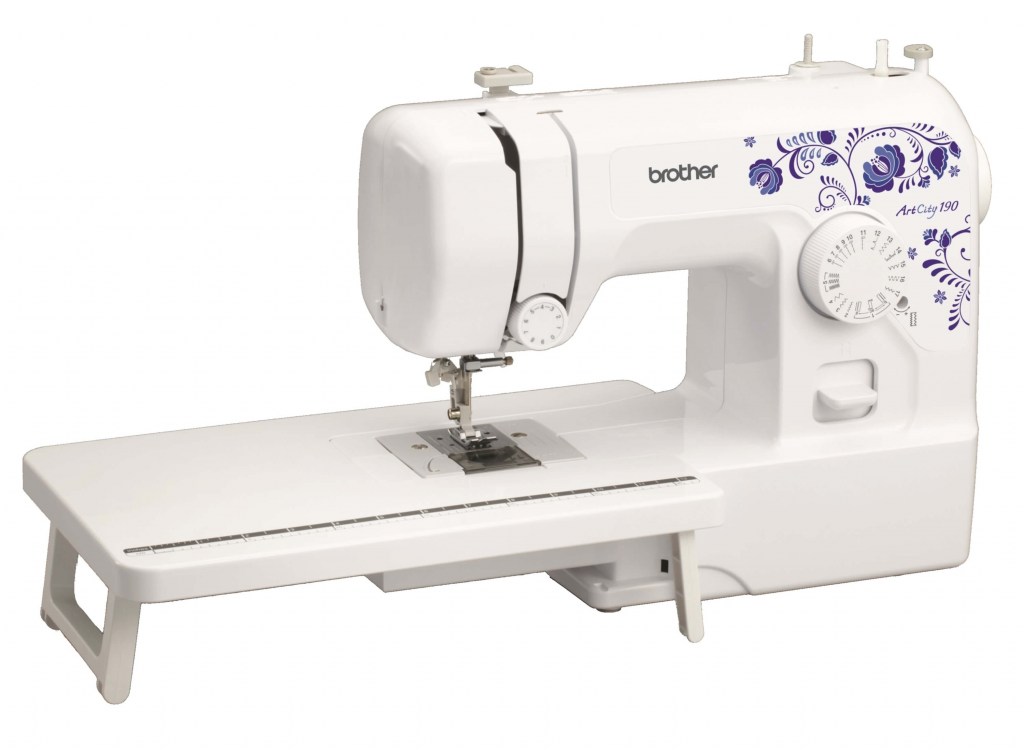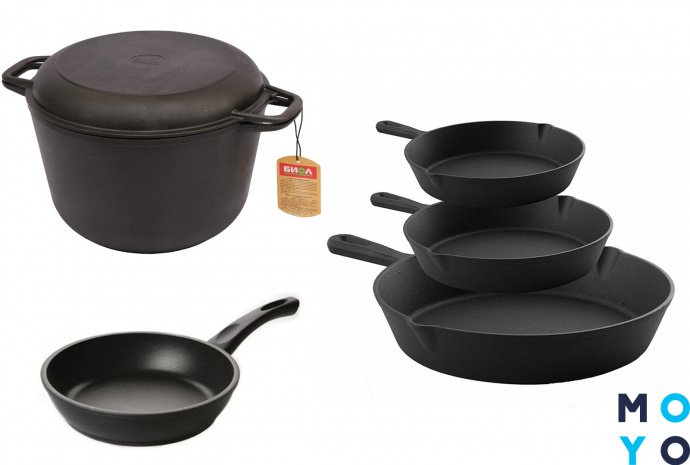
Sewing machine for beginners - which one to choose?
Content
Recently, the DIY concept has been very popular, and with it the independent tailoring and modification of clothes and various accessories. More and more people are also choosing to make their own tailoring changes, such as shortening curtains, narrowing a dress, or turning old clothes into a shopping bag.
Sewing your own clothes can be a great way to have some creative fun and spend your free time in a different way. It also gives you a lot of freedom - instead of relying on sizes, styles and fabrics available in clothing stores, you can choose them yourself. All you have to do is get yourself a small sewing machine and learn the basic rules for using it.
How does a sewing machine work? Work principles
The basic device consists of a hook, holder, thread tensioner, needle plate, presser foot and free lever. Sewing machines are equipped with various knobs that allow you to adjust individual parameters, such as the degree of tension or the type of seam. While the material is being advanced by the conveyor, a multi-element mechanism, including a hook, connects the needle thread and the spool of thread in a so-called stitch.
In addition to working on the machine itself, it is worth having basic knowledge of preparing patterns. For starters, it is best to use ready-made patterns. With the help of pattern templates, certain shapes are cut out of the material, which are then sewn on the machine using the appropriate stitches. Over time, as you gain confidence in using the machine and begin to better understand the principles of building clothes, you can begin to create patterns yourself, based on the measurements you have taken. It is very important when preparing them to take into account the additional amount of material that allows you to make a seam.
Types of sewing machines - what do we distinguish?
We mainly divide sewing machines into mechanical and electronic. In the case of the first, all parameters are manually adjusted using various knobs and buttons, and the stitch itself is controlled by pressing the foot on the pedals. This does not apply to electronic machines, which are fully automated. In this case, you won't have to make so many decisions on your own. The intelligent module will do it for you by automating some of the work.
Sewing machines can also be divided by size. A small sewing machine is an ideal choice, especially if you don't have much space in your home and you care about convenience. Many of them offer a fairly wide selection of stitches and sewing features.
Sewing machine for beginners - what to look for when choosing it?
It often seems that sewing machines are only for professional tailors, as working with them certainly requires skill and experience. This is a mistake - the sewing machine, contrary to appearances, is not complex equipment, especially if you choose a convenient model. What aspects should you pay attention to when choosing a car for a beginner?
- How does a sewing machine work
As already mentioned, mechanical and electrical sewing machines can be found on the market. For beginners, we recommend the first. First of all, because it is easier to form your workshop on them, starting with the most basic skills. In the case of electric machines, the control is automatic, which does not provide much opportunity for learning. By using a mechanical machine, you are in control of the entire process from start to finish and can deepen your knowledge of sewing and handling this type of equipment at your own pace.
- Hook type - swinging or rotating?
The sewing machine can be equipped with one of two types of shuttles - rotary or rotary. The purpose of this part of the machine is to tie threads. The looper ties the upper thread and the bobbin thread, causing them to be tied together in a stitch selected by the user of the machine. Without a shuttle, the sewing machine, in principle, cannot work. When the spool of thread runs out, pull another one onto the looper.
- How to change the bobbin in a rotary looper?
Sewing machines with a rotating hook are readily chosen by people who are starting to learn how to sew on a machine. The reason is that this type of hook is easier to handle. To access it for changing the bobbin, simply remove the needle plate cover. If you want to clean or oil the hook, you need to unscrew the fixing plate screws and lift it up.
- Shuttle Sewing Machines
However, it must be remembered that the pendulum hook is much more durable due to its design. To remove it, you need to remove the top of the machine and open the valve that closes the bobbin case, and then pull it out. This takes a little longer than working with a rotating looper. If you are considering buying a car as an investment for years to come, a rocking chair might be your best bet.
- Sewing Machine - Useful Features
The more functions the selected model has, the easier and more efficient you will be able to use the machine for various activities. For example, a sewing machine may have features such as:
- a corkscrew;
- embroidery;
- sewing on applications;
- button sewing;
- loop sewing;
- zipper stitching.
Sewing machine and types of stitches
Choose a model that allows you to use at least three types of stitches: blind, straight and zigzag. Such a basic set will allow you to sew most projects - from simple to more complex.
Hand sewing can be a big adventure, and the machine itself isn't difficult to use. Choose a beginner-friendly model and start designing your own clothes - being able to wear something personally made or modified is great fun!

